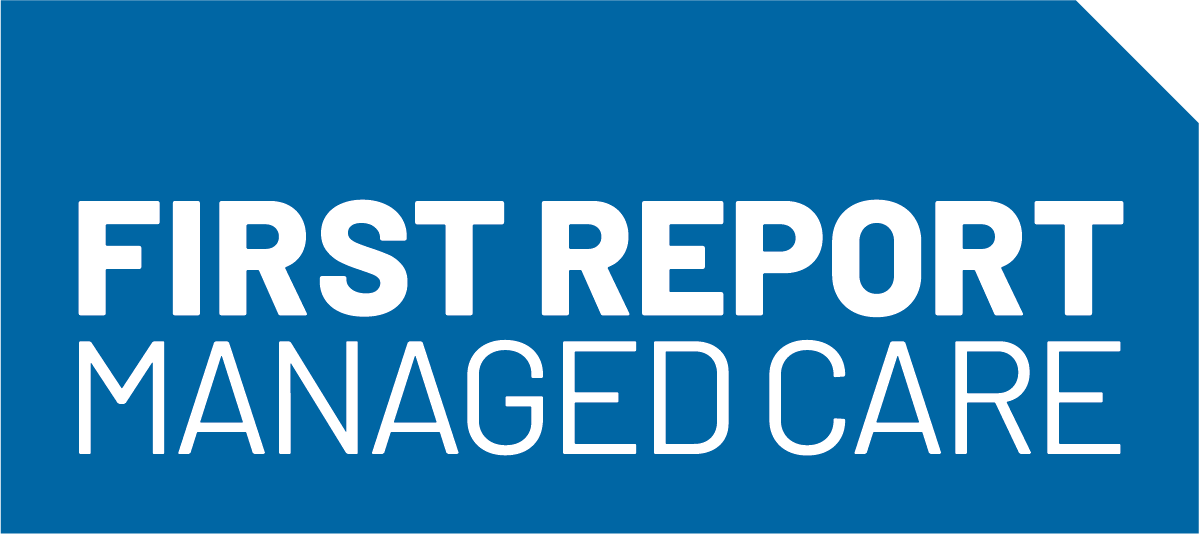New siRNA Shows Long-Term Efficacy and Enhanced Safety in Hemophilia A and B
A study published in Blood Advances highlights promising long-term results for fitusiran, an investigational subcutaneous small interfering RNA (siRNA) therapeutic, in patients with hemophilia A or B, with or without inhibitors. The open-label extension (OLE) phase 2 study demonstrated that monthly prophylactic administration of fitusiran provides sustained bleed protection while offering an improved safety profile with a revised dosing strategy.
Fitusiran works by lowering antithrombin (AT) activity to enhance thrombin generation (TG), aiming to restore hemostatic balance in individuals with hemophilia. The study enrolled 34 male participants (27 with hemophilia A and 7 with hemophilia B) who had completed a prior phase 1 clinical trial. Participants were treated with fitusiran for a median of 4.1 years.
Initially, patients received fixed monthly doses of 50 mg or 80 mg. In 2020, the dosing strategy shifted to an AT-based regimen targeting AT activity levels between 15% and 35%—a change driven by evolving safety considerations. The revised regimen successfully maintained efficacy while reducing the occurrence of adverse events.
Across both dosing strategies, fitusiran showed consistent efficacy in bleed prevention. The median annualized bleed rate (ABR) under the AT-based regimen was 0.87, comparable to the ABR of 0.70 observed under the original regimen. Importantly, no thrombotic events occurred after the introduction of the AT-guided dosing, and there was a notable decline in liver enzyme elevations and biliary events.
In addition to improved bleed control, participants reported better health-related quality of life (HRQoL) outcomes compared to baseline. Fitusiran also demonstrated effective hemostatic control during surgeries and invasive procedures—a key concern in the management of hemophilia.
These results reinforce the therapeutic potential of fitusiran as a novel prophylactic approach in hemophilia care. While further studies are needed before regulatory approval, the data from this long-term study provide a strong foundation for the continued development of fitusiran in managing hemophilia A and B, including in patients with inhibitors.
Reference
Pipe SW, Lissitchkov T, Georgiev P, et al. Long-term safety and efficacy of fitusiran prophylaxis, and perioperative management, in people with hemophilia A or B. Blood Adv. 2025;9(5):1147-1158. doi: 10.1182/bloodadvances.2024013900











